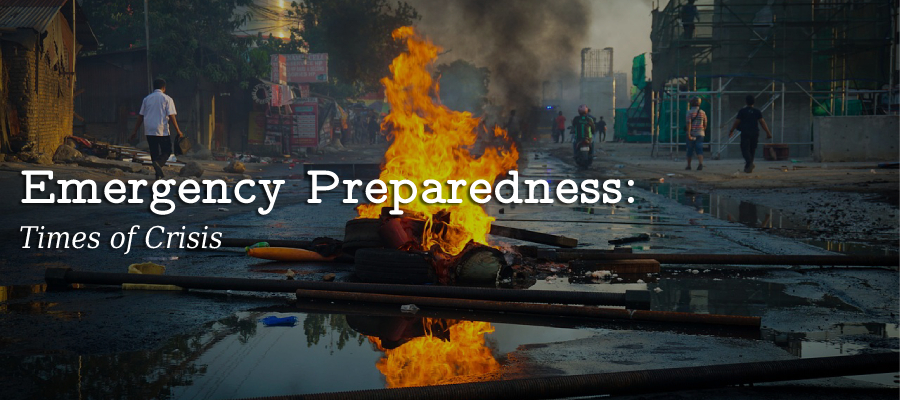Emergency Preparedness: Times of Crisis
Let’s discuss emergency preparedness. Emergencies can happen anytime, and it’s essential to be prepared to protect yourself and your loved ones. Whether it’s a natural disaster, power outage, or civil unrest, having an emergency plan can help ensure your safety and well-being. This article will guide you through the essential steps and considerations for emergency planning.
Identify Potential Hazards
The first step in emergency planning is determining the types of emergencies that are most likely to occur in your area. This can include natural disasters such as hurricanes, tornadoes, earthquakes, power outages, and civil unrest. By understanding the potential hazards, you can better prepare for them and minimize the risk of harm to yourself and your family.
Develop an Emergency Plan
Once you have identified the potential hazards, you should create an emergency plan that includes evacuation routes, emergency contact information, and a communication plan. Your emergency plan should detail the steps you will take in an emergency, including where you will go, how you will get there, and who you will contact. Reviewing and practicing your emergency plan with your family or coworkers is important, so everyone knows what to do in an emergency.
Assemble Emergency Supplies
As part of your emergency plan, you should assemble a kit of essential supplies that you can use in an emergency. This should include non-perishable food, water, first aid kits, and a means of communication such as a charged cell phone or two-way radio. It’s also a good idea to have backup power sources, such as a generator or flashlights, in case of power outages.
Have a Plan for Your Pets
If you have pets, it’s important to have a plan in place to take care of them in case of an emergency. This can include identifying pet-friendly shelters or arranging for pet sitting in advance.
Have a Plan for the Elderly or Disabled
It’s also essential to have a plan in place for elderly or disabled family members or neighbors. This can include identifying potential shelter locations and making arrangements in advance or identifying transportation options in case of an evacuation.
Have a Plan for Shelter
In an emergency, it’s crucial to have a plan for shelter. This can include identifying potential shelter locations and making arrangements in advance or identifying transportation options in case of an evacuation.
Have a Plan for Financial Emergencies
In addition to physical safety, it’s also important to plan for financial emergencies. This can include keeping important documents such as insurance policies and identification in a safe place and having access to emergency funds.
Stay Informed
The final step in emergency preparedness is to stay informed. Keep up with the news and stay aware of any potential dangers in your area. This can include signing up for emergency alerts, monitoring weather forecasts, and staying informed about civil unrest or other potential hazards.
Navigating a crisis is all about having a plan. Emergency preparedness is essential to keeping yourself and your loved ones safe. By identifying potential hazards, developing an emergency plan, assembling emergency supplies, and staying informed, you can minimize the risk of harm and ensure your safety and well-being. Remember to review and practice your emergency plan regularly to ensure that everyone is prepared and knows what to do in an emergency.
A good follow-up to this article might be my article regarding Performing A Risk Analysis.




